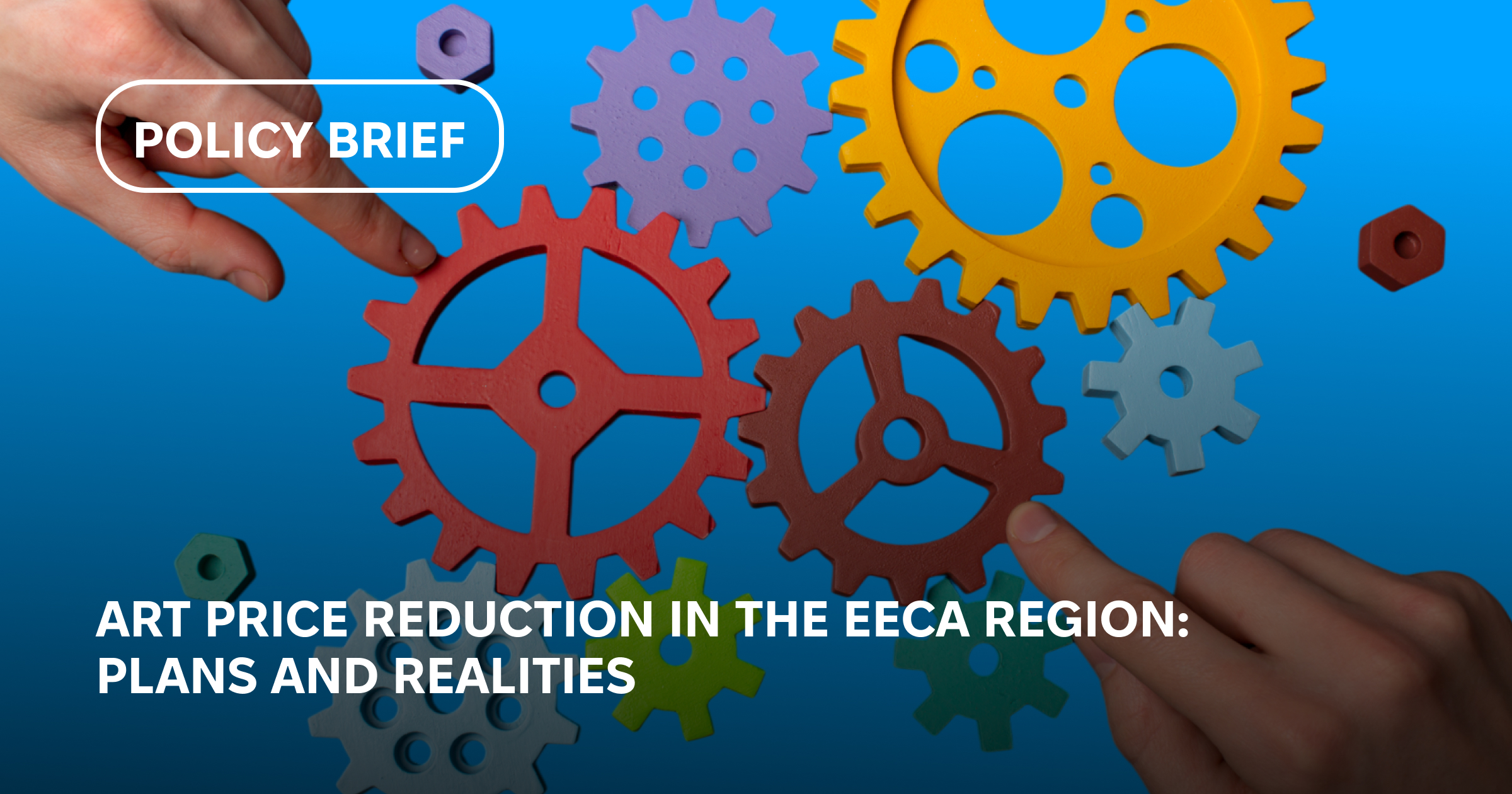On August 10, 2023, an online presentation of the Policy Brief on “Mechanisms for ARV price reduction in the EECA region” was held for stakeholders from EECA and SEE countries.
As HIV prevalence in the region is one of the fastest growing in the world and the number of new cases and deaths from AIDS is increasing, antiretroviral therapy is the mainstay of HIV treatment and the key to controlling the epidemic. And, as many low- and middle-income countries in EECA are forced to look for alternatives to procure ART in the face of shrinking donor funds, lowering drug prices is crucial.
“The issue of ART prices is very important to us, and I am happy to note that prices in the EECA region have decreased significantly over the last 5-7 years,” said Tatiana Deshko, Alliance for Public Health, in her opening remarks. “However, EECA countries continue to pay more for this treatment than others and in today’s webinar we will learn successful experiences from countries that have managed to reduce drug costs.”
During the briefing, a report was presented by Economist Impact researchers, who have studied the issue of pricing in detail and compiled information on mechanisms for reducing antiretroviral drug prices in Eastern Europe and Central Asia into one guide.
Read the report here: https://impact.economist.com/perspectives/health/mechanisms-used-reduce-price-antiretroviral-medicines-eastern-europe-and-central-asia
“The EECA region has the fastest growing HIV epidemic globally, with a 48% increase between 2010 and 2021 and a 32% increase in AIDS-related deaths. There are many factors that have contributed to these figures, one of which is the high cost of drugs,” presented the findings of the report by Aanisa Khanzada, Economist Impact.
During the webinar, participants learned about the progress that has been made in reducing prices in the pilot countries (Georgia, Kazakhstan, Kyrgyzstan, Moldova and Ukraine) and detailed the mechanisms that have been used. The results of the analysis are impressive, all countries achieved price reductions for ART, with total savings of 13 million dollars.
Note that this report examines initiatives and solutions to reduce ART prices using the example of five EECA countries that are undergoing funding changes:
1.Increasing transparency of ART prices: National governments should publish information on prices and procurement to ensure effective pricing and prevent corruption.
2. Public action: civil society organizations led by people living with HIV and budget advocacy groups play an important role in ensuring access to ARVs in EECA countries. Public campaigns, disclosure of drug prices, fighting patents and negotiating with manufacturers are some of the methods used by civil society organizations to achieve treatment accessibility.
3. National procurement: in some EECA countries national procurement agencies have been established instead of using donor funds. These agencies need political will, transparent national legislation, generic competition and continuous advocacy by civil society organizations to ensure accessibility of ARVs and international competitiveness.
4. Generic competition: An important strategy to reduce the average price of ART per person is to have a large number of generic medicines on the market. The work of civil society organizations, flexibilities under intellectual property rights (TRIPS) and other national laws governing drug registration and procurement facilitate generic competition.
5. Support from donor funds and international organizations: despite the transition to public funding, the Global Fund, UNDP and UNICEF continue to support a wide range of HIV responses and provide guidance for a successful transition.






